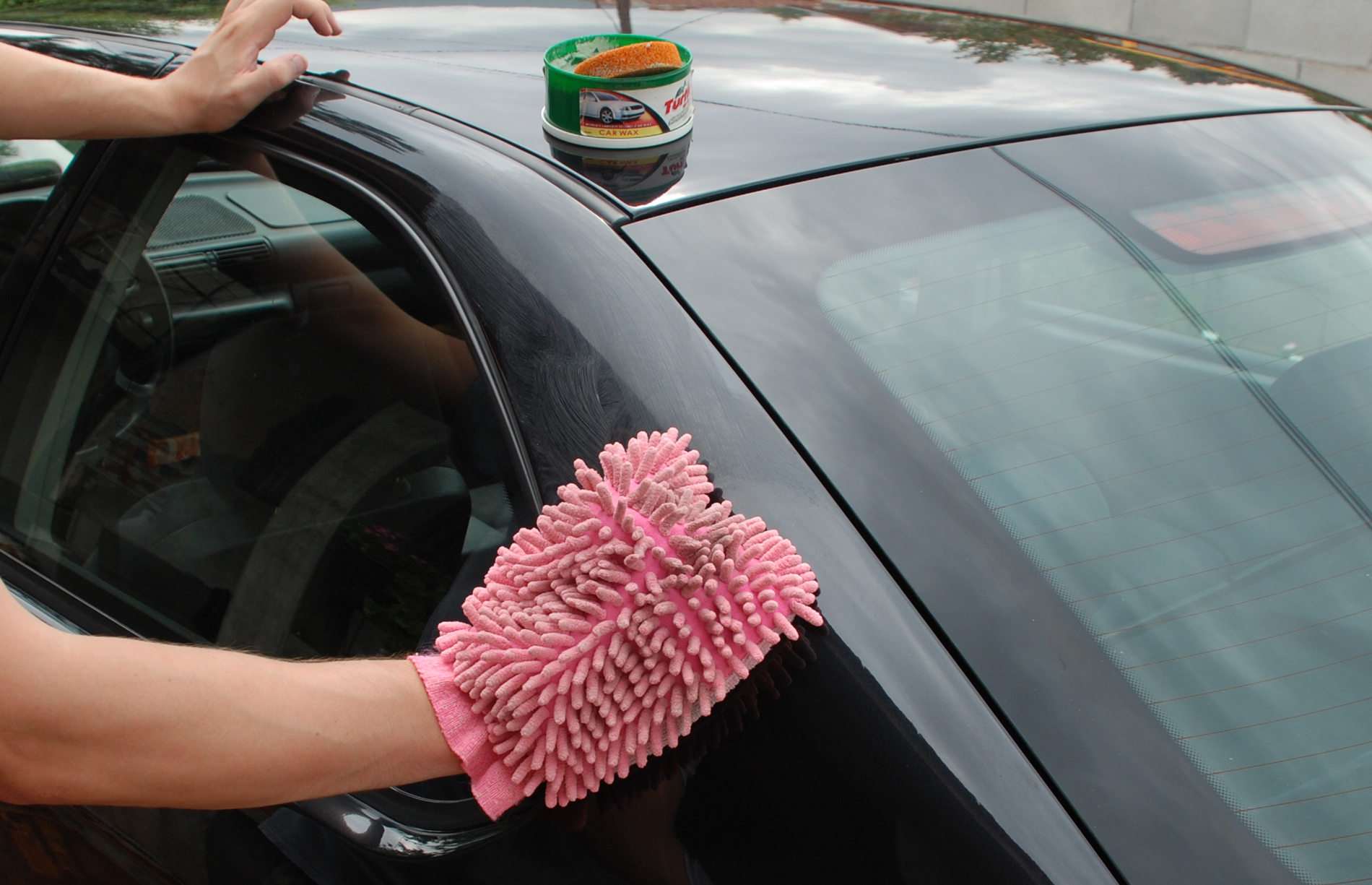Many car owners strive to obtain a car with clean and shiny outlooking. They take measures to protect their car paint, but when it comes to the choice, they find it hard to make a choice between natural carnauba wax and synthetic polymer sealant. Just like many other choices, they both have its benefits and shortcomings. In short, the key to decide is to know what aspects of paint protection are most important to you.
Application
Whether you are using a natural carnauba wax or a synthetic polymer sealant, you will need to apply it–either be hand or machine–or wipe it off before you see the results. The composition of natural wax, particularly carnauba wax, is quite hard and rigid; it needs to be blended with oils or other distillates to make the hard wax more pliable. This is why natural waxes are more difficult to work with and take more time to apply, dry and wipe off. Polymer-based synthetic sealants are generally liquid based and engineered for much easier application than natural waxes. If time-saving features and ease of use is your concern, then a synthetic polymer sealant is the way to go.
Durability
One of the main reasons polymer sealants were designed was to exceed the durability of natural wax. Thanks to scientific engineering and research, polymer-based sealants have proven to provide adequate paint protection for four to six months. Some of the more expensive sealants have boasted the ability to last a year without needing reapplication. Natural waxes, even carnauba wax, breaks down much faster and will only protect against UV rays and contamination for approximately six to eight weeks before needing additional applications. If you aren’t the type of person who enjoys detailing your car, and doing it often, then you probably want to stick with a polymer-based sealant.
Appearance
As advanced as the synthetic polymer sealants are, natural wax pulls ahead in terms of appearance. Known for a greater depth of color, gloss and shine, natural wax is the choice of detailing enthusiasts who want the most impressive visual results. Natural wax may take more time to apply and it might need to be applied more often than polymer sealant, but the hard work pays off if you are most concerned with looks.
Cost
Natural waxes typically cost more than polymer sealants. Carnauba is the most sought after of the natural waxes; therefore it is the most expensive. The higher the concentration of carnauba a wax has, the more it’s going to affect your wallet. Synthetic polymer sealants have generally been designed with such factors as cost in mind, so they tend to be more affordable. If cost is of primary concern than polymer sealants are more likely to fit within your budget.
Conclusion
With a better understanding of the pros and cons of both natural waxes and polymer sealants, it’s up to each individual car own to decide what aspects of their paint finish is most important to them. If you are looking for easy application that will withstand the elements for a longer period of time without costing a lot, then synthetic polymers are the best bet. However, if you demand the absolute best shine with a mirror-like finish, are willing to spend the time it takes to get it and don’t care what it costs, then natural carnauba wax is the best selection.

Car paint protection: natural wax vs. polymer sealant
by
